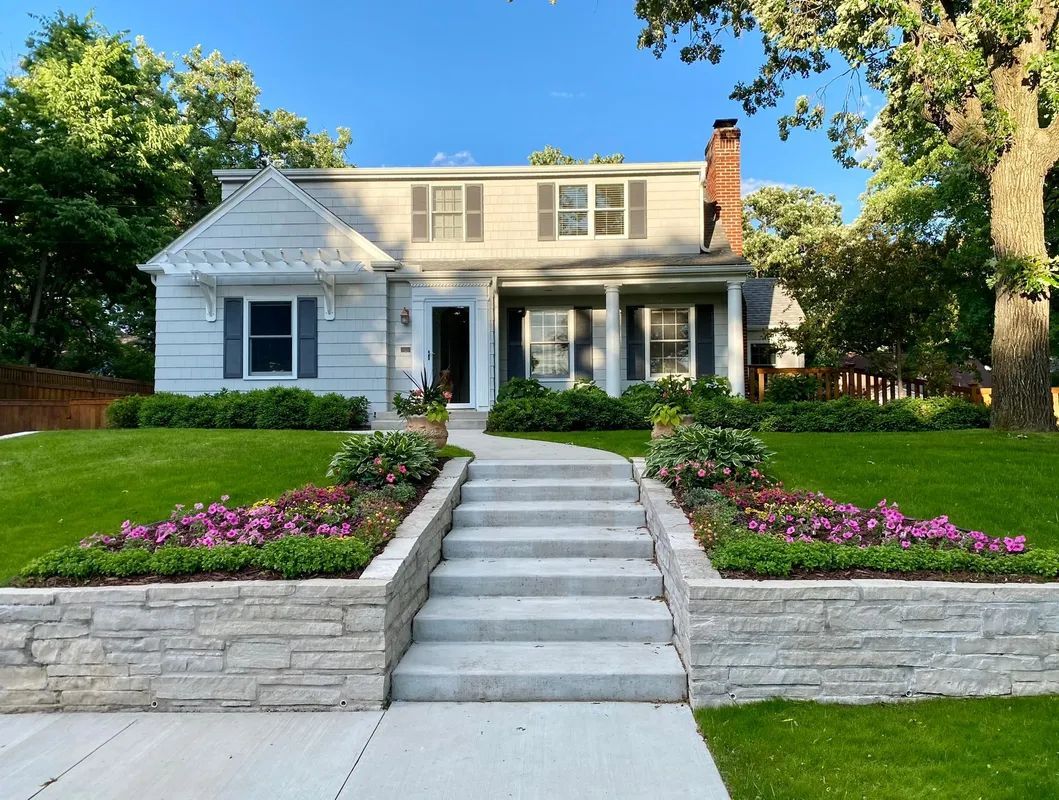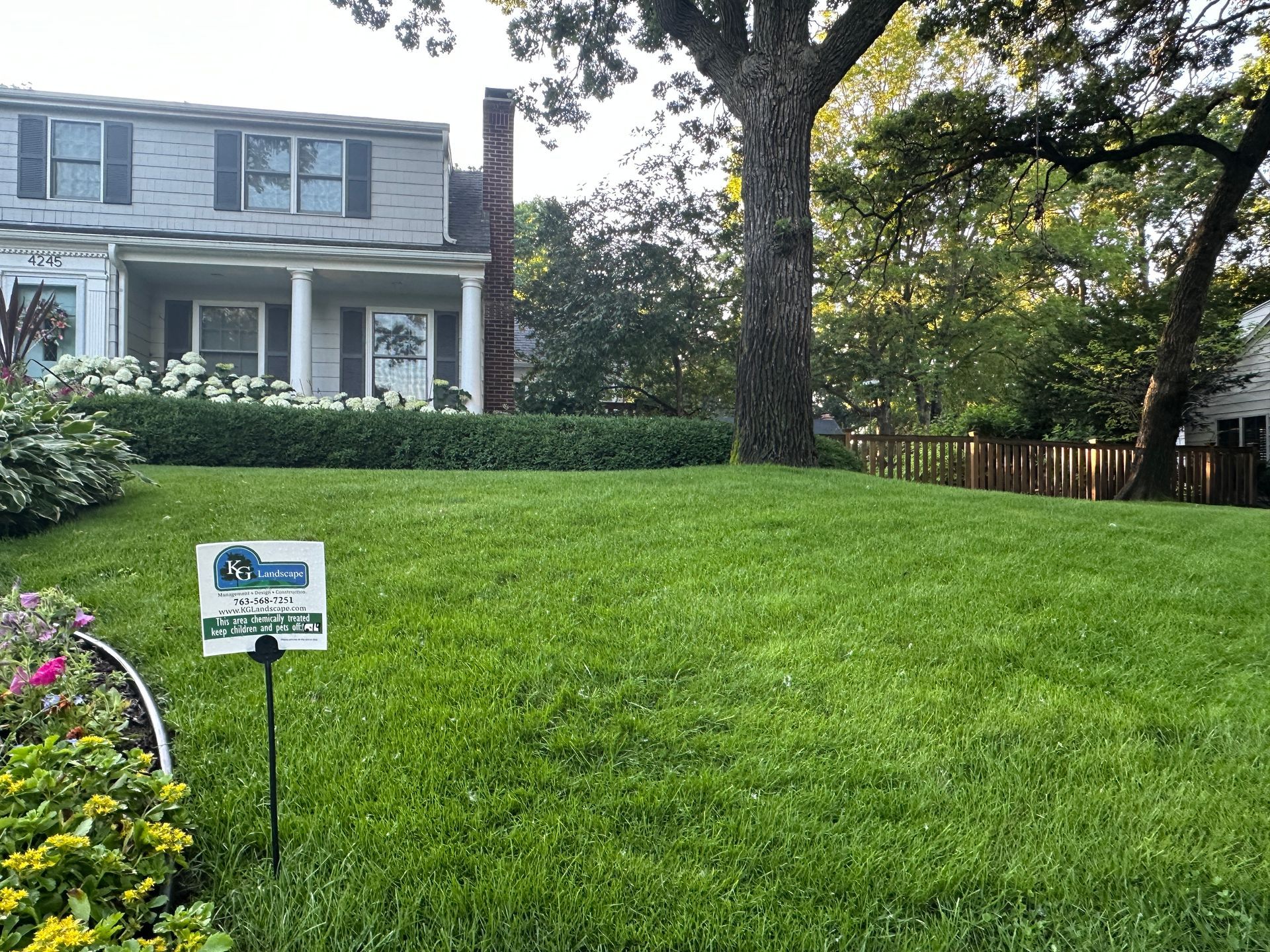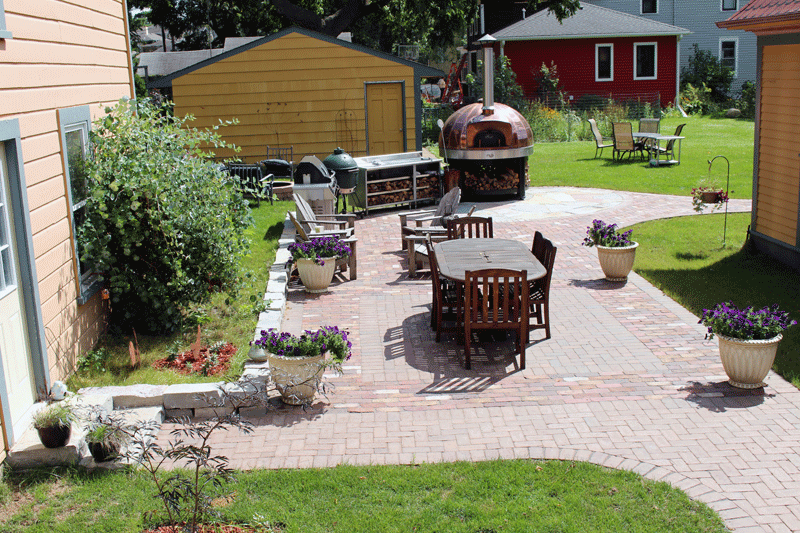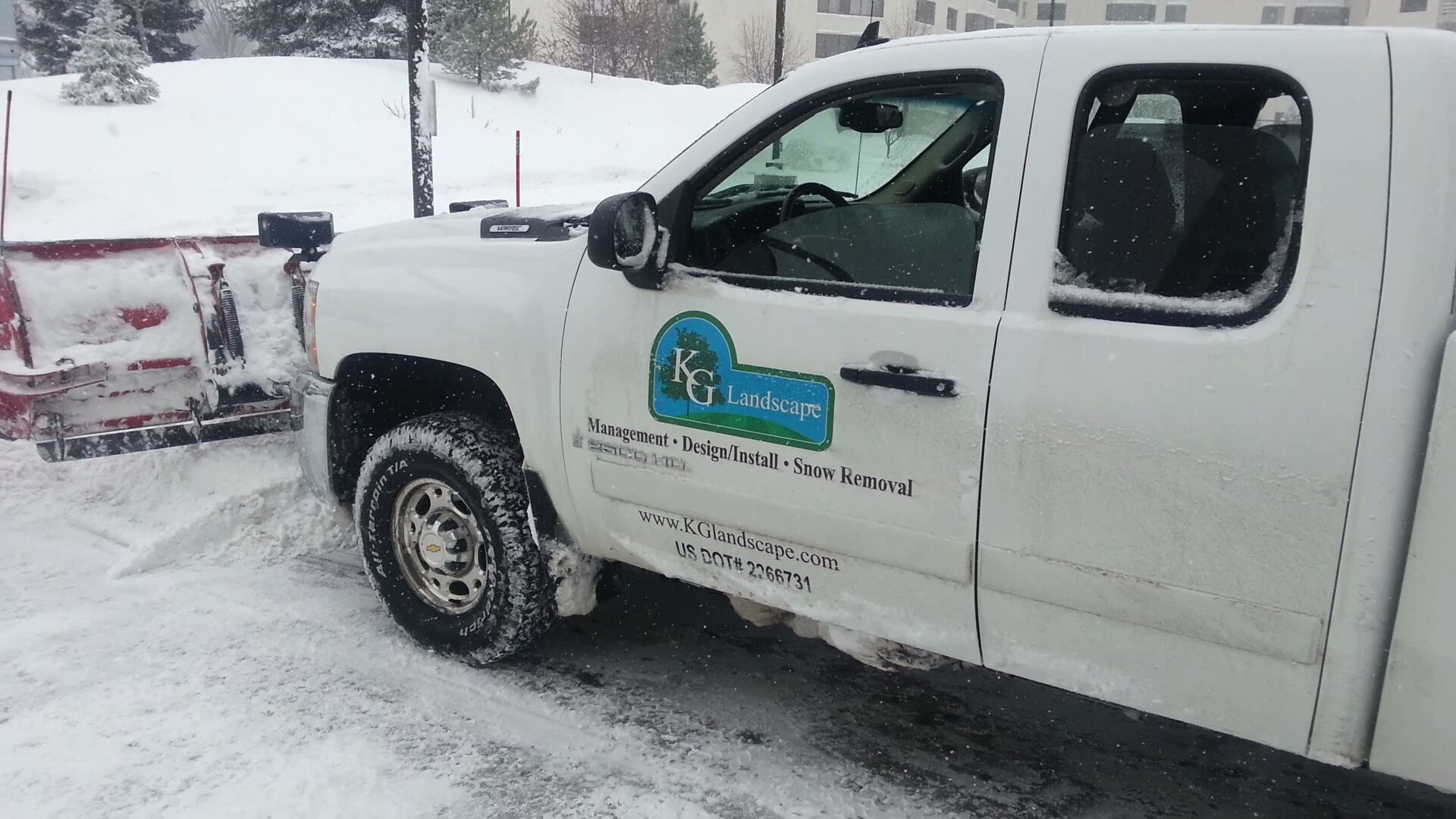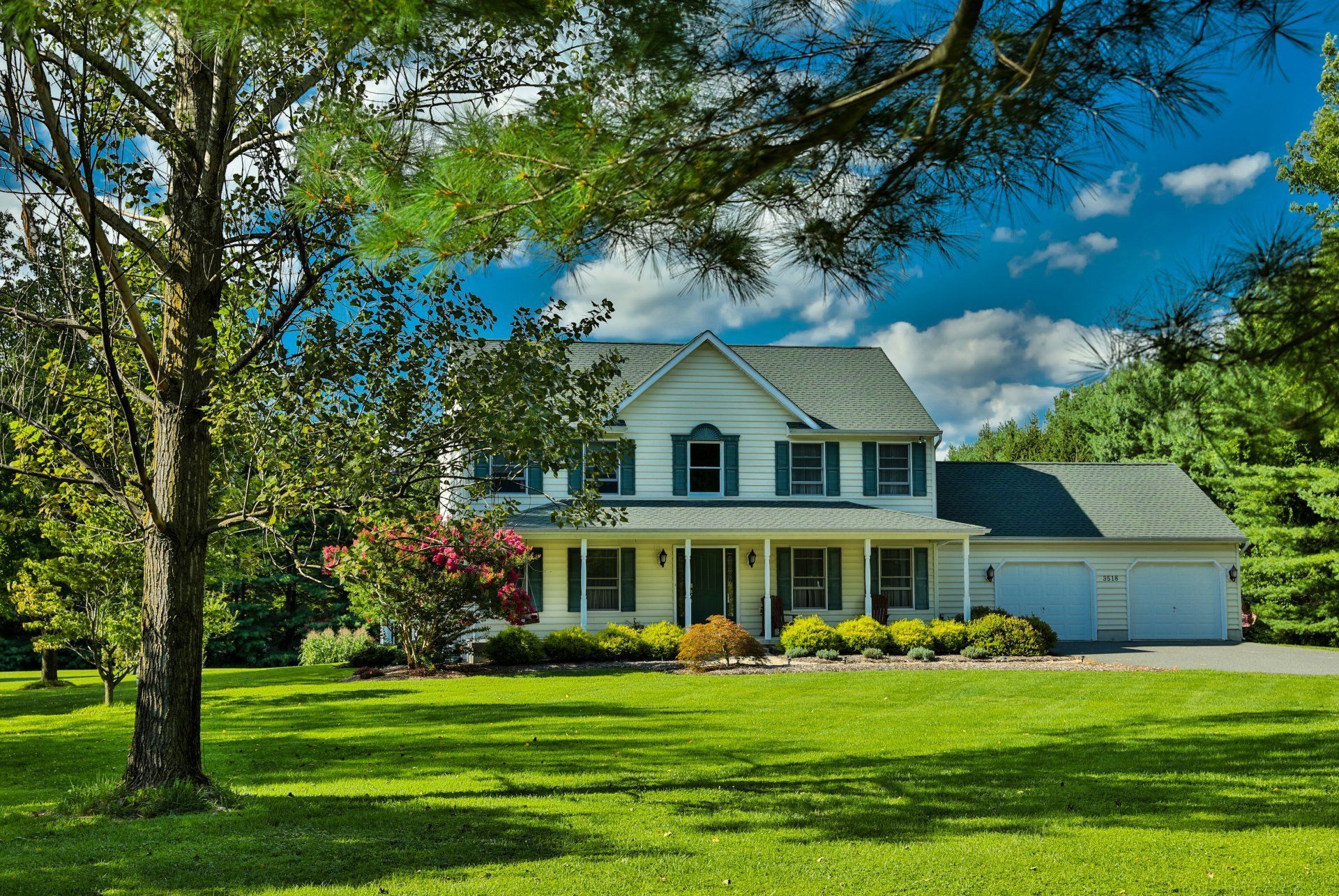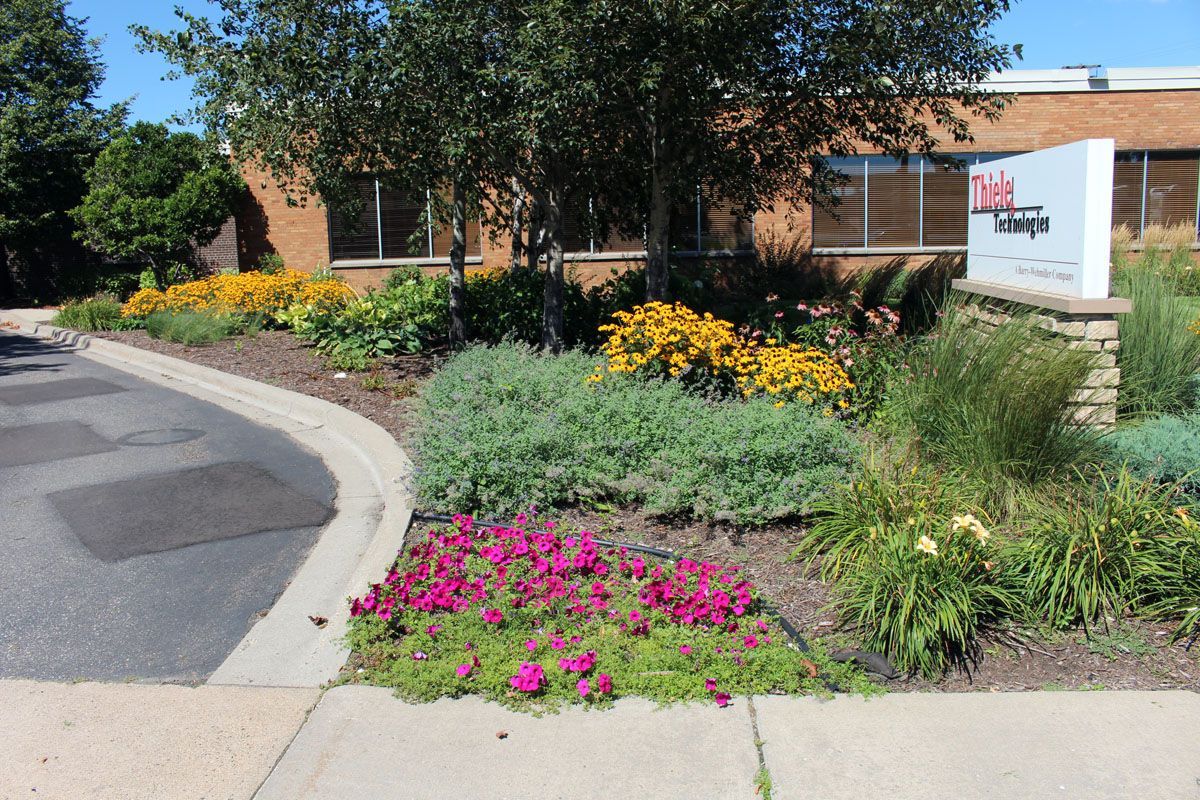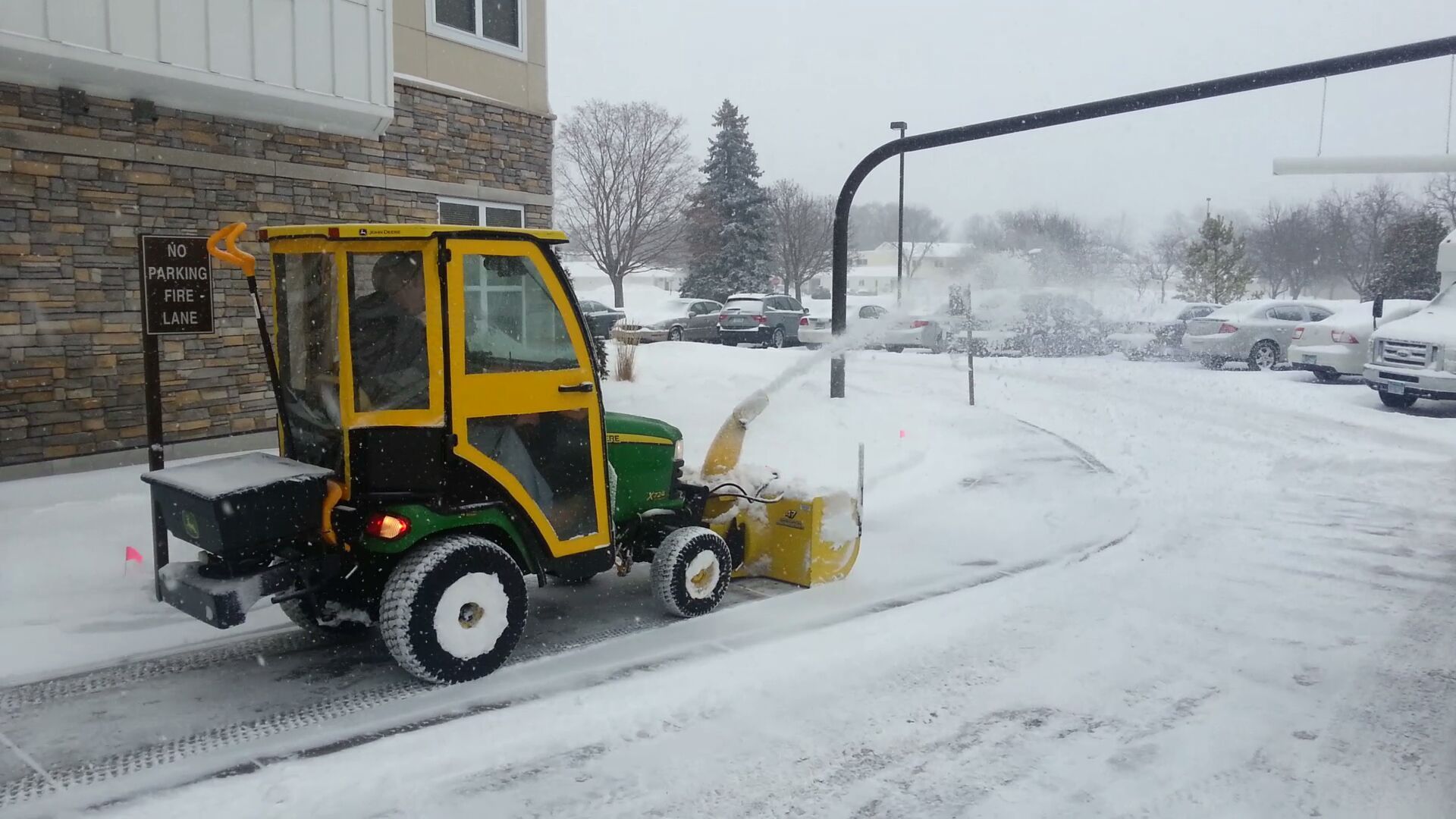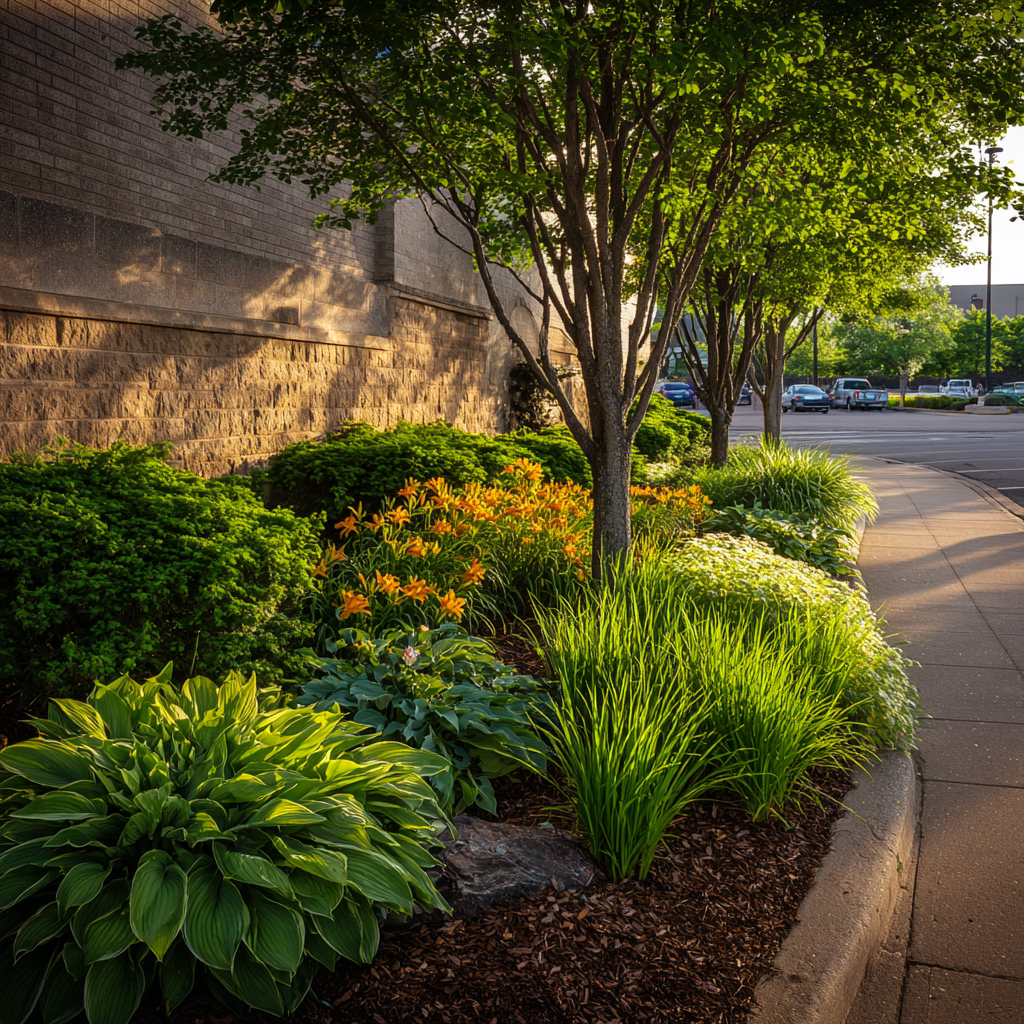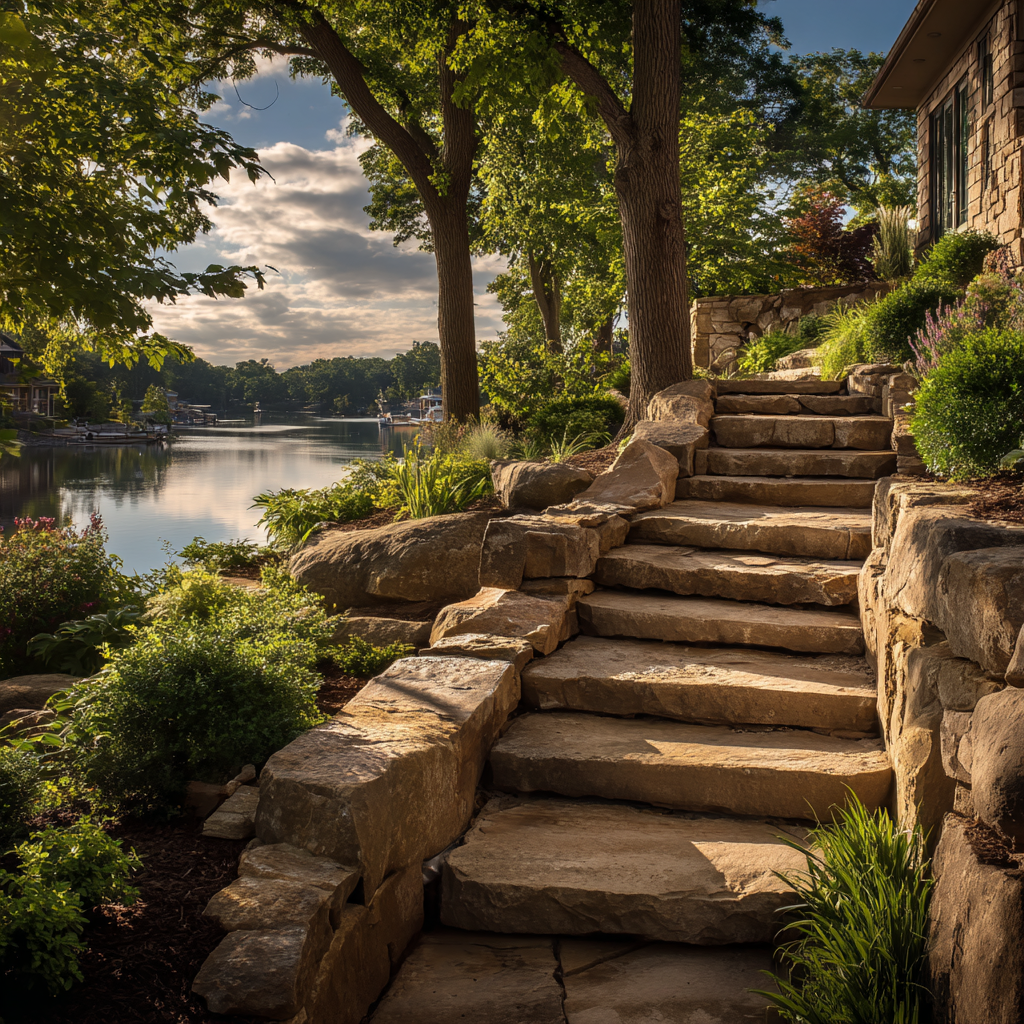Just Tap It In: DIY vs. Professionally Installed Putting Greens
Have you ever wanted to practice your short game without heading to your local course? Well, it’s not a pipe dream. With the right plan, budget, and help from professionals, you can create your own putting green right in your backyard.
These greens have become a popular trend as of late, and more and more companies offer installations. There is definitely a way to make this a DIY project, but if you want to get it right and have a beautiful, awe-inspiring green on your property—professional installation is your ideal solution.
As you would probably expect, designing and creating an exceptional looking green that suits your own space takes a special touch. How you want your green to look, feel, and function really all depends on your imagination and budget. Additions like bunkers, water features, creeks or other types of exciting features are all possible for the right property and the right price.
As we mentioned, you can certainly do some of these features yourself. We’ll go over both the pros and cons of each and how you can make your dreams come true with your own putting green right in your backyard.
The DIY Putting Green Option
Ok, so maybe you’re a handy person with a solid grasp on how to make some pretty substantial landscaping marvels happen. If you’re not, this may not be the option for you.
If you’re willing to take on the challenge, get ready for a wild ride. You’ll likely need a hand, so get ready to grab a few friends, rent some equipment, and start on some serious landscaping.
When you pick out what area of your yard you want to place your green, you’re going to want to find a spot that’s fairly level so that you minimize the amount of extra work you’ll be doing. Map out how large you’re thinking about making your green—knowing that the larger the green, the more expensive the project will become. It’s also a good idea to map out any extra features during this process, especially if you’re thinking about adding a fringe, bunkers, or any other features. Once you get started, it will be difficult to make unforeseen additions later on.
It’s also a good idea to figure out where exactly you want your cup (or cups) to be. Most backyard putting greens have multiple holes for a more diverse experience. So, during your preparations try and get a general idea of where you want your cups to be.
Once you’ve gotten through your planning and preparation phase, it’s time for you and your friendly crew to move onto the actual work. Hopefully, you’ve bribed them with enough brews.
Some companies also offer solutions that make this process a lot easier. Instead of making an entire landscaping ordeal out of it, they have created pre-cut base layers with turf on top. These work a bit better for those that aren’t willing to go the extra mile. However, they won’t function as realistically as a genuine installation.
The Professional Option
We may be a bit biased here, but we would recommend getting a professional or expert involved with your backyard putting green. It’s not that you
can’t
do it yourself, it’s just a tough task with so many unforeseen variables that pop up.
Every yard is different and poses unique challenges for landscaping projects. Extreme grading and sodding can have a big effect on your ability to make this work. With something as complex and detail-oriented as a putting green, getting a professional involved isn’t a bad thing. If anything, it’s worth it in the long run because you’ll not only be able to have a longer lasting, better green—but you’ll also have peace of mind. This is especially true if you have a vision of a green that you’ve seen at your favorite course, where complicated design is inevitable and a robust understanding of landscaping, turf, and greens is required.
If you’re looking for someone to help you get the job done, there are tons of companies offering this as a service. We personally have an unparalleled landscaping design process that aims to take your ideation to reality with complete transparency and success.
How Much Does This Cost
There really isn’t a one size fits all cost for a project like this. However, there are some pretty fixed costs that can help you estimate certain factors. A general rule is that synthetic putting green materials usually cost between $15-$25 per square foot.
So, obviously the size you want your green to be will have a pretty big impact on the cost. But other features you want to add or alterations to your current landscaping will also start to add up.
Get Started
Are you ready to pull the trigger on your own backyard putting green? If so, and you’re looking for a professional to help you make it happen we’ve got you covered.
Contact us today for a quick quote to get a quote and start working on your short game.



